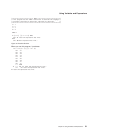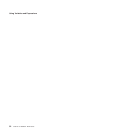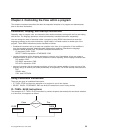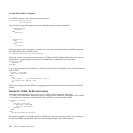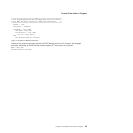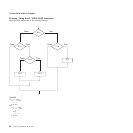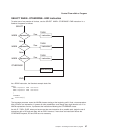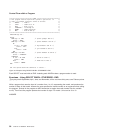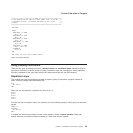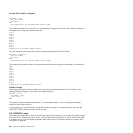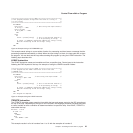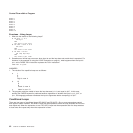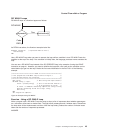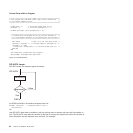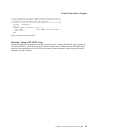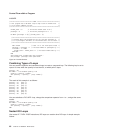
Using Looping Instructions
There are two types of looping instructions, repetitive loops and conditional loops. Repetitive loops let
you repeat instructions a certain number of times. Conditional loops use a condition to control repeating.
All loops, regardless of the type, begin with the DO keyword and end with the END keyword.
Repetitive Loops
The simplest loop tells the language processor to repeat a group of instructions a specific number of
times. It uses a constant after the keyword DO.
DO 5
SAY 'Hello!'
END
When you run this example, it produces five lines of Hello!:
Hello!
Hello!
Hello!
Hello!
Hello!
You can also use a variable in place of a constant, as in the following example, which gives you the same
results.
number = 5
DO number
SAY 'Hello!'
END
A variable that controls the number of times a loop repeats is called a control variable. Unless you
specify otherwise, the control variable increases by 1 each time the loop repeats.
/******************************** REXX *******************************/
/* This program uses the input of a whole number from 1 to 12 that */
/* represents a month. It produces the number of days in that */
/* month. */
/*********************************************************************/
ARG month
SELECT
WHEN month = 9 THEN
days = 30
WHEN month = 4 THEN
days = 30
WHEN month = 6 THEN
days = 30
WHEN month = 11 THEN
days = 30
WHEN month = 2 THEN
days = '28 or 29'
OTHERWISE
days = 31
END
SAY 'There are' days 'days in Month' month'.'
Figure 19. Possible Solution
Control Flow within a Program
Chapter 4. Controlling the Flow within a program 39



